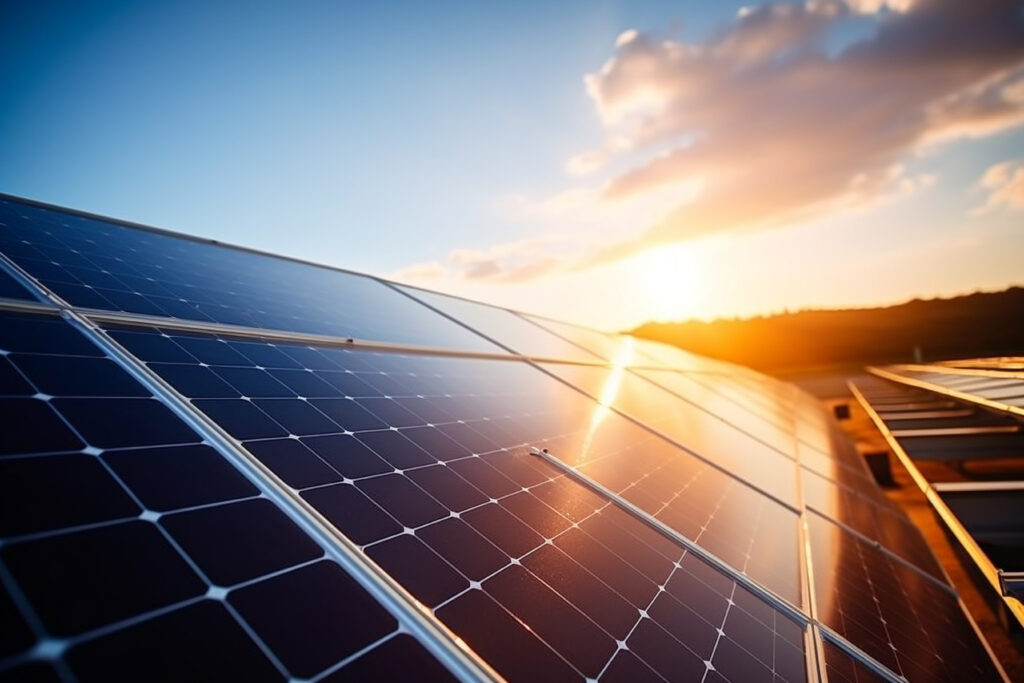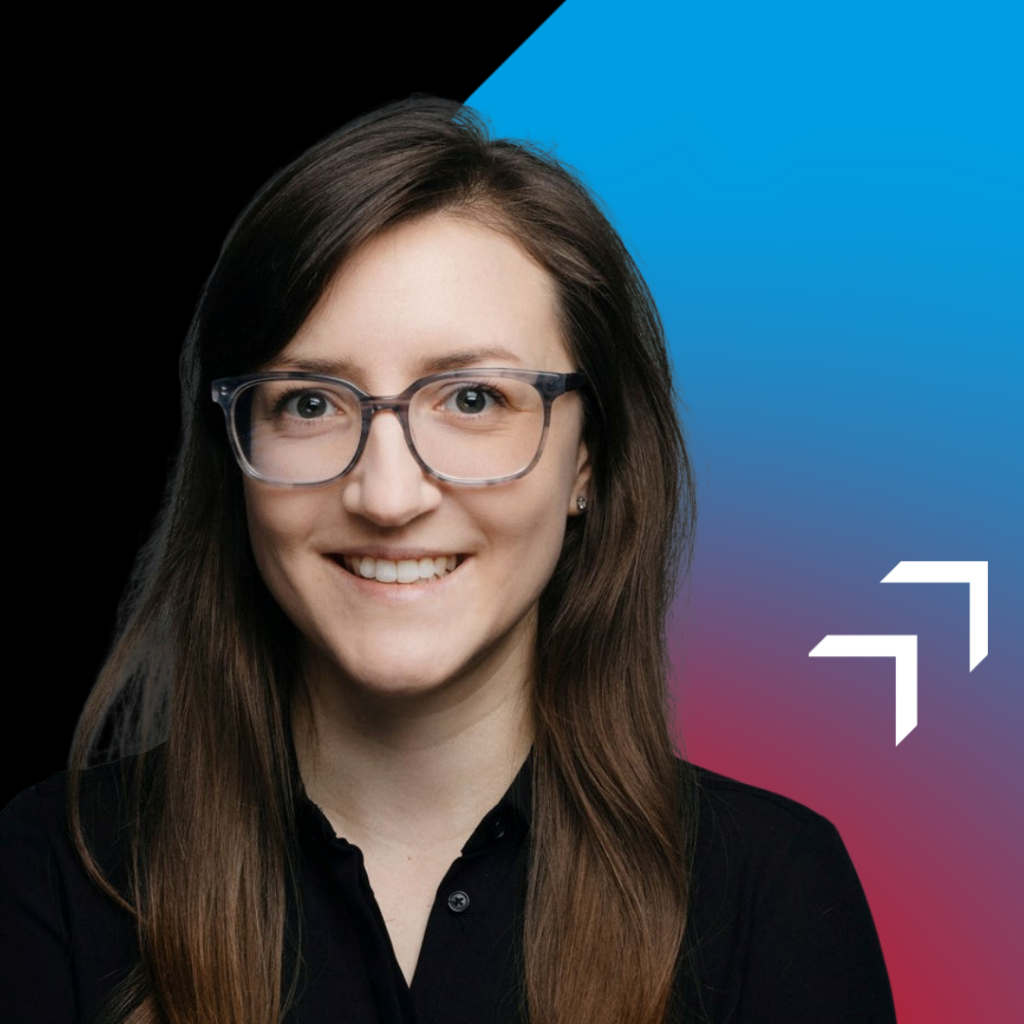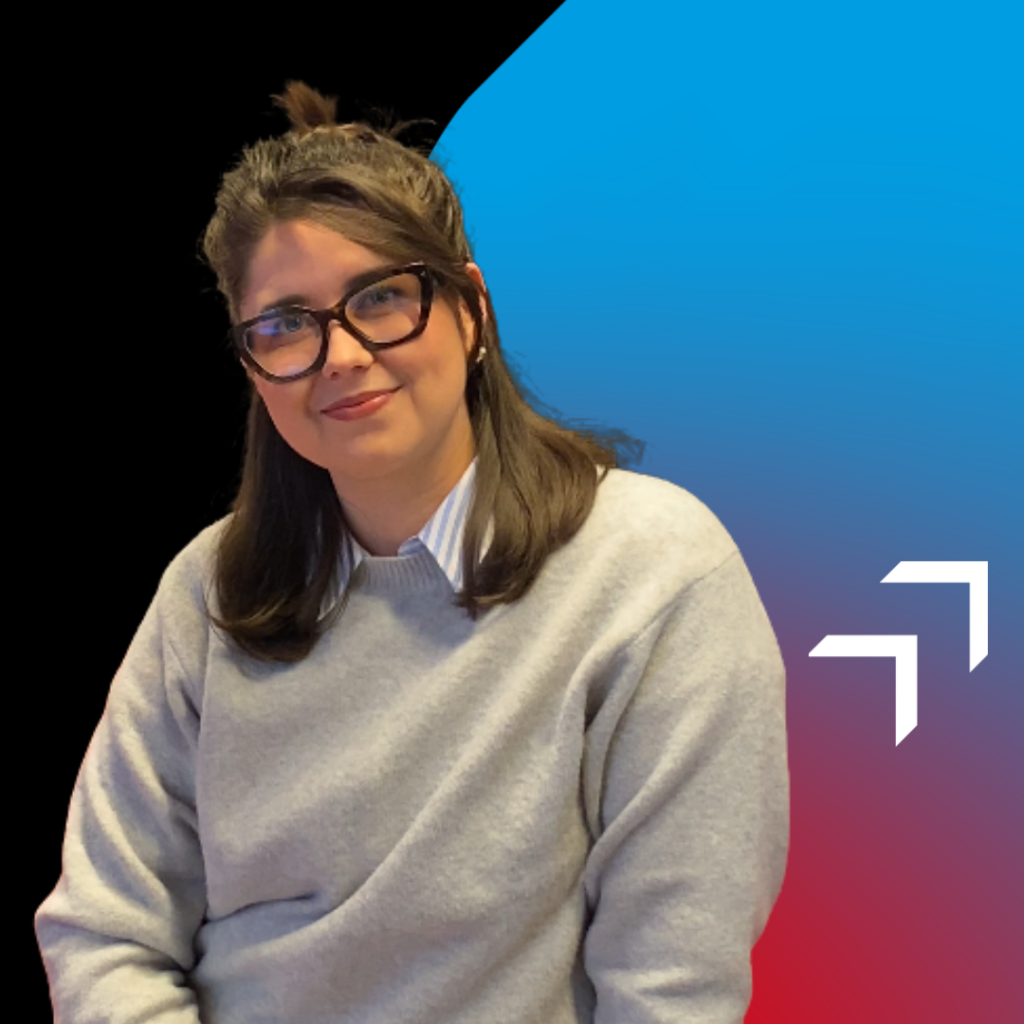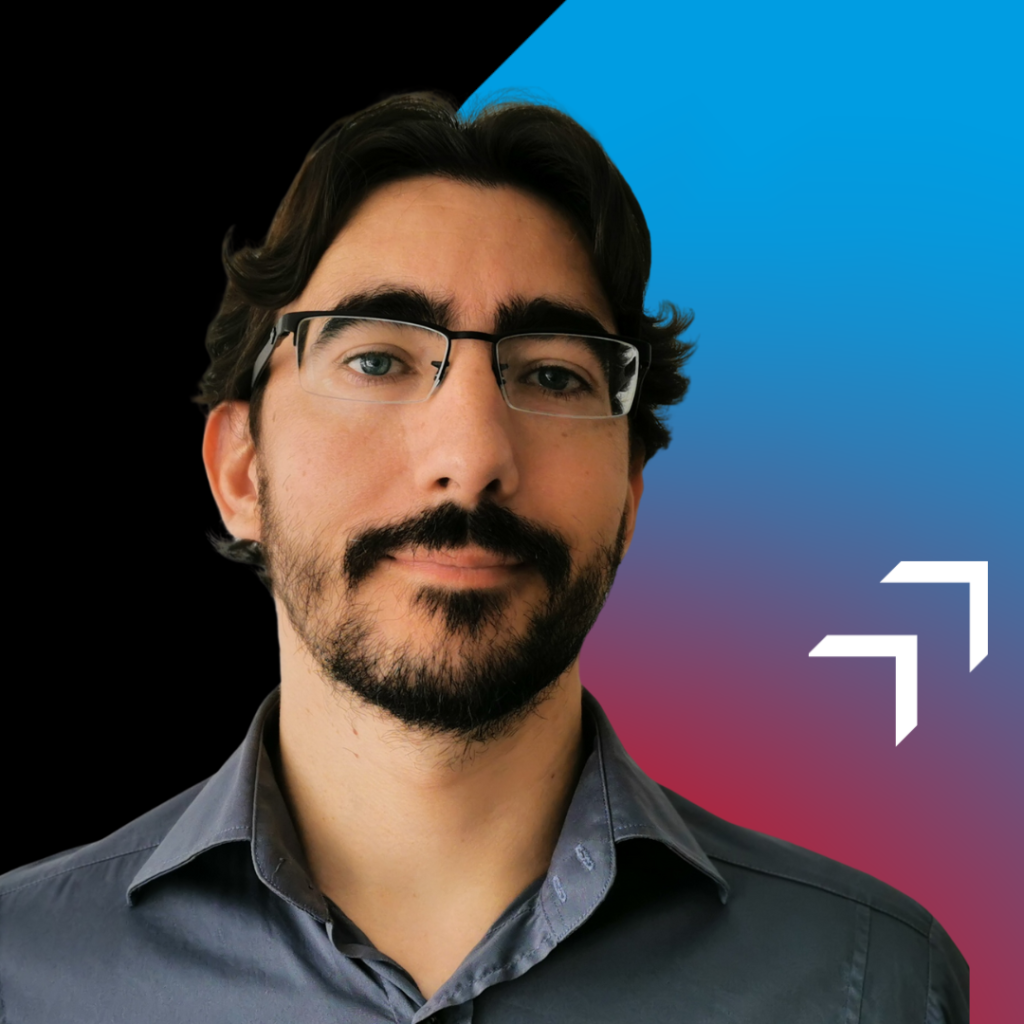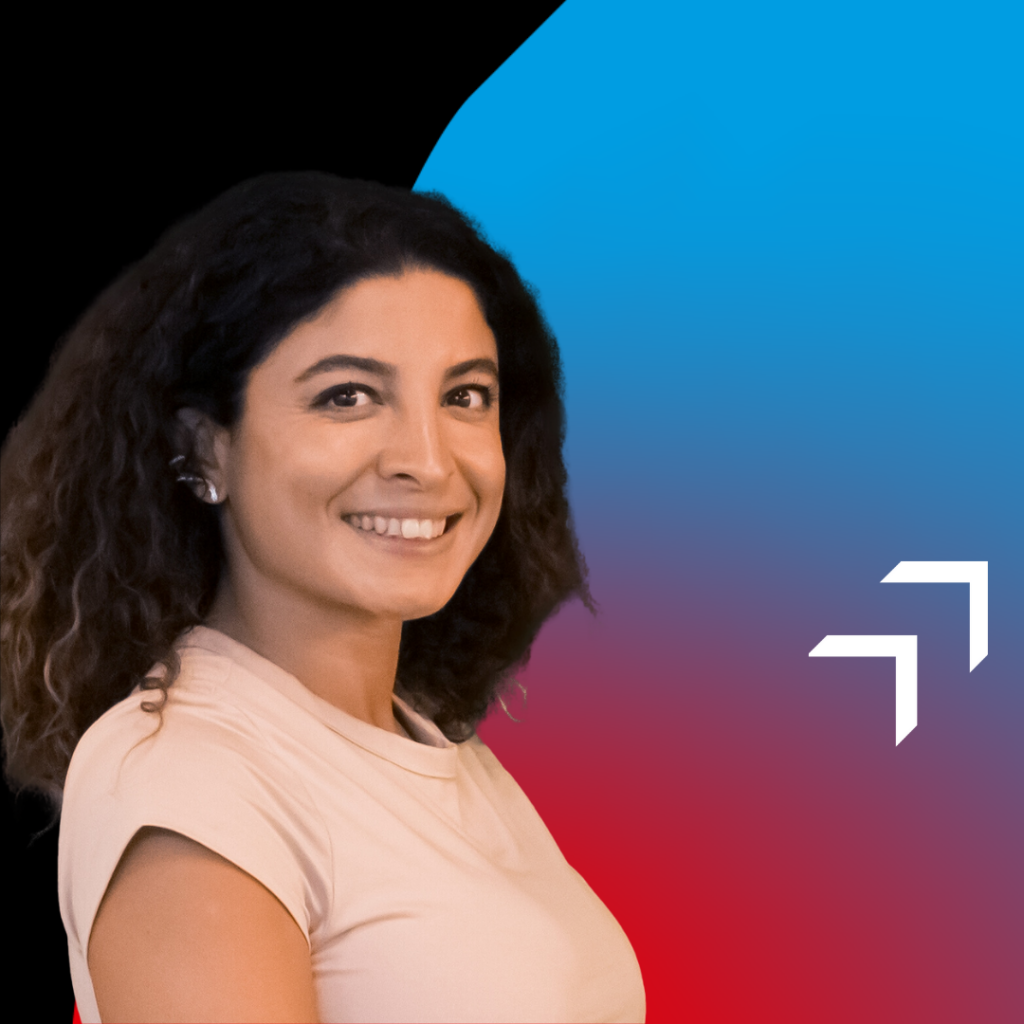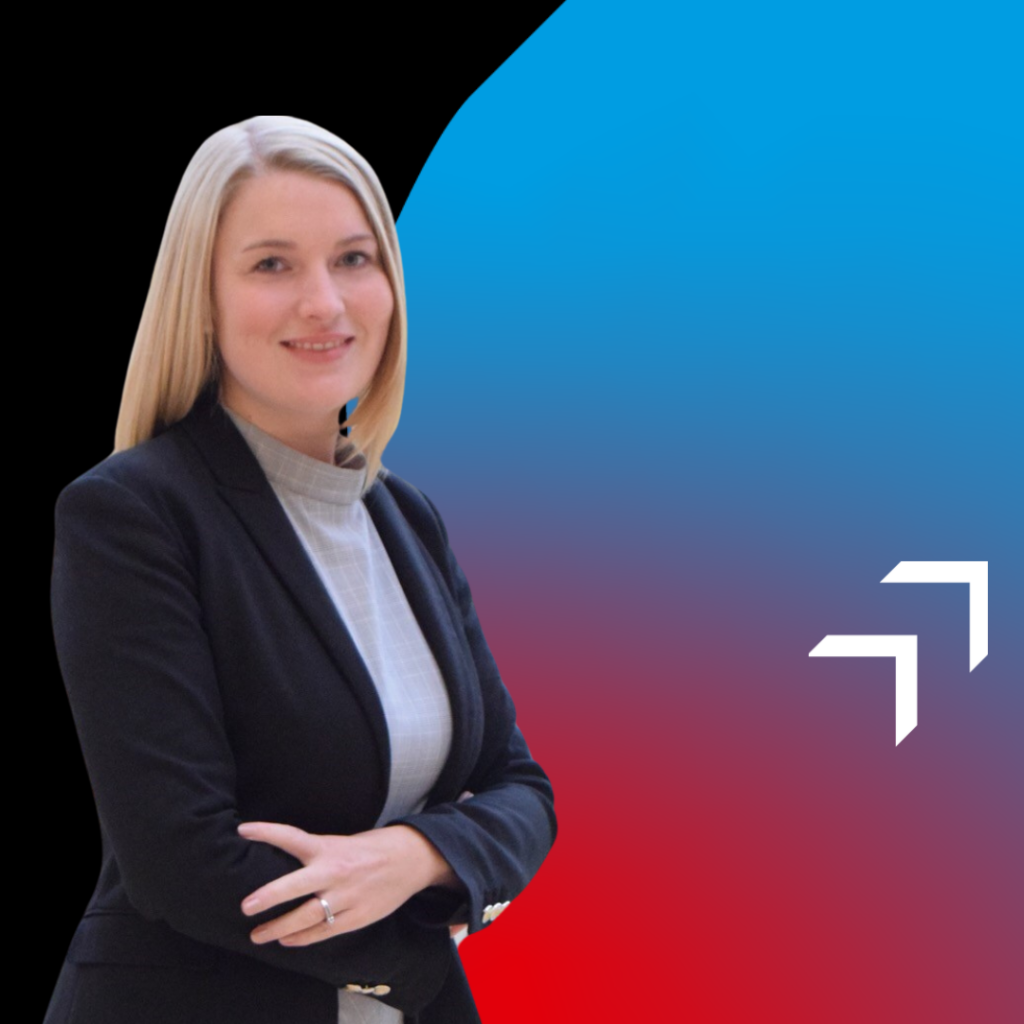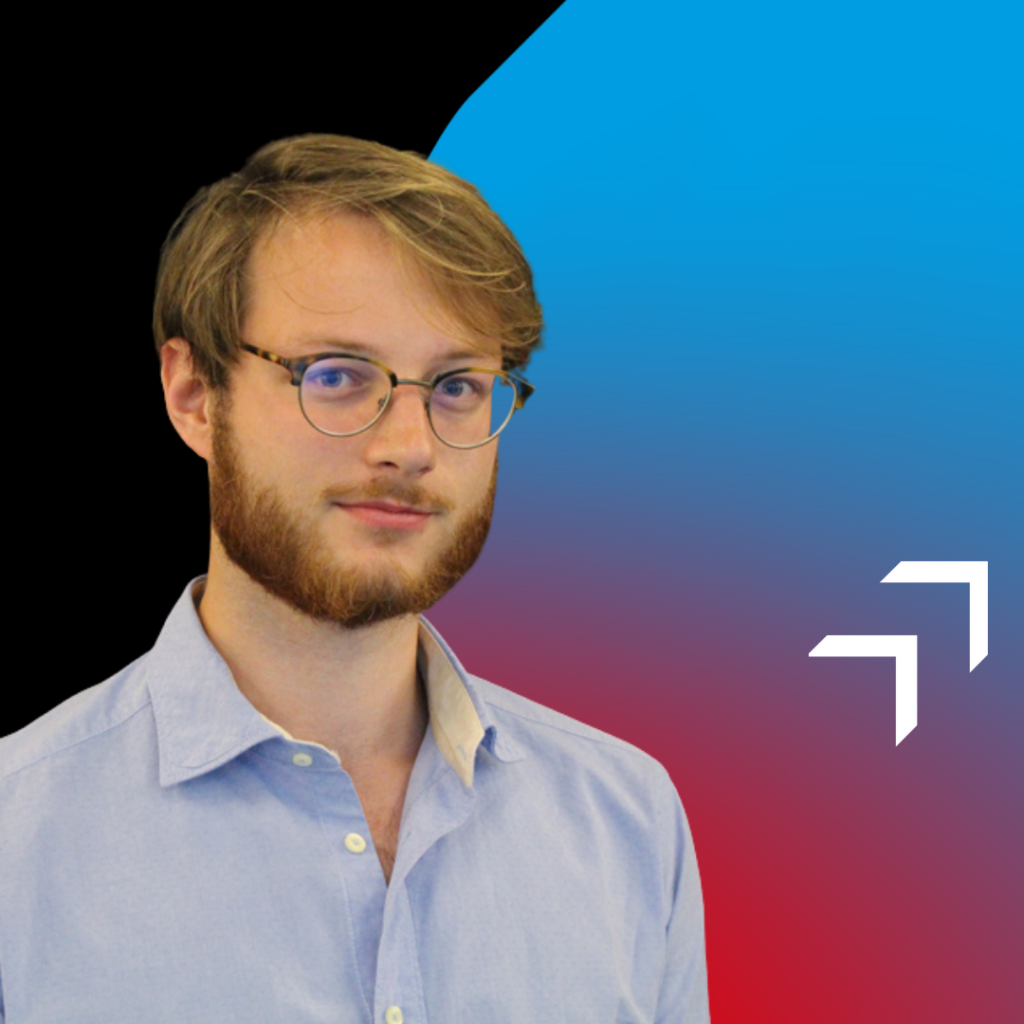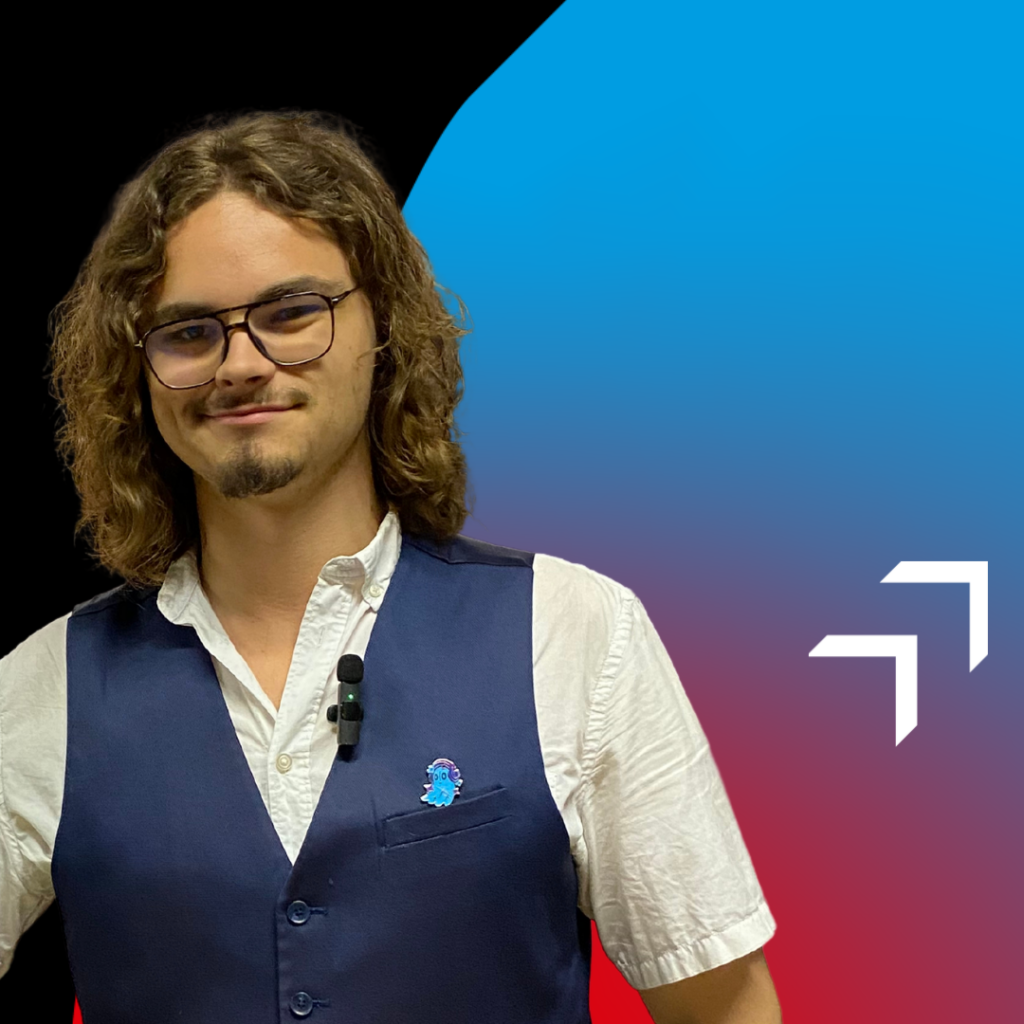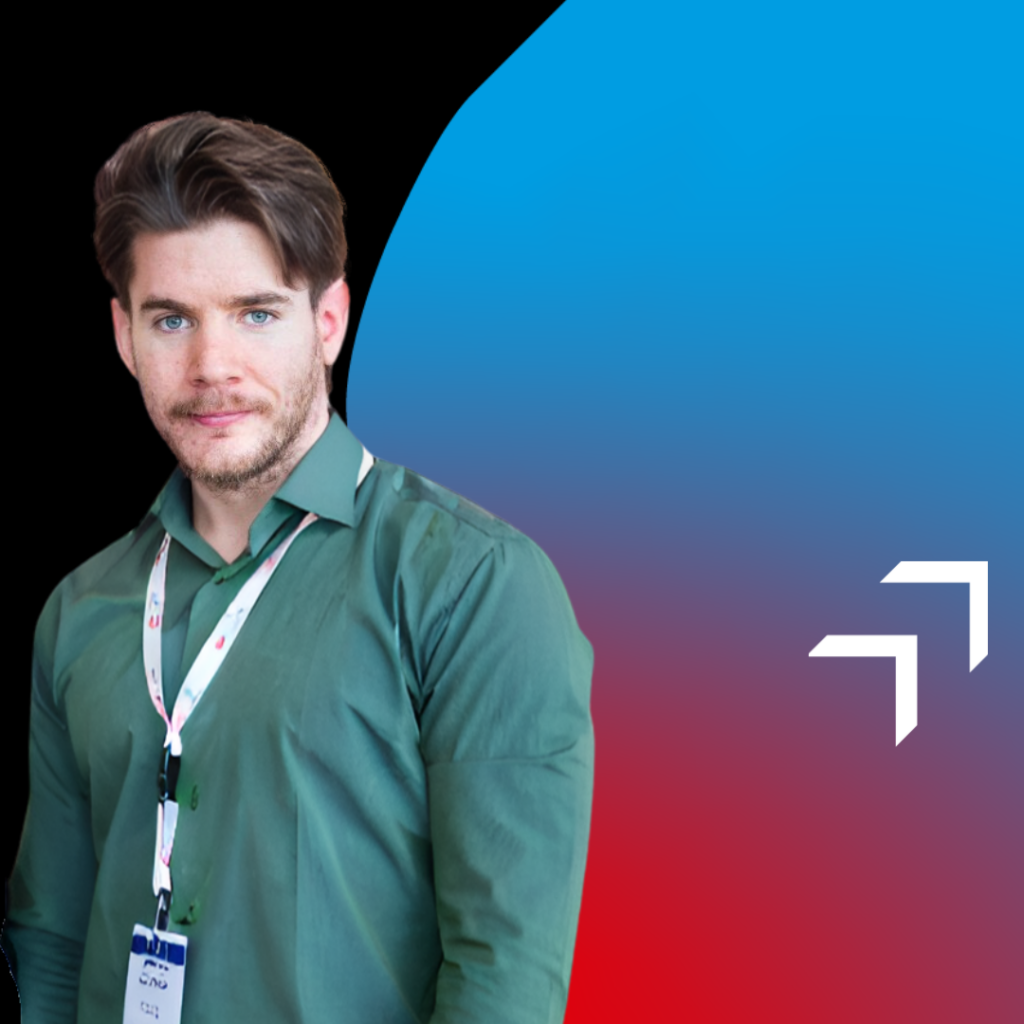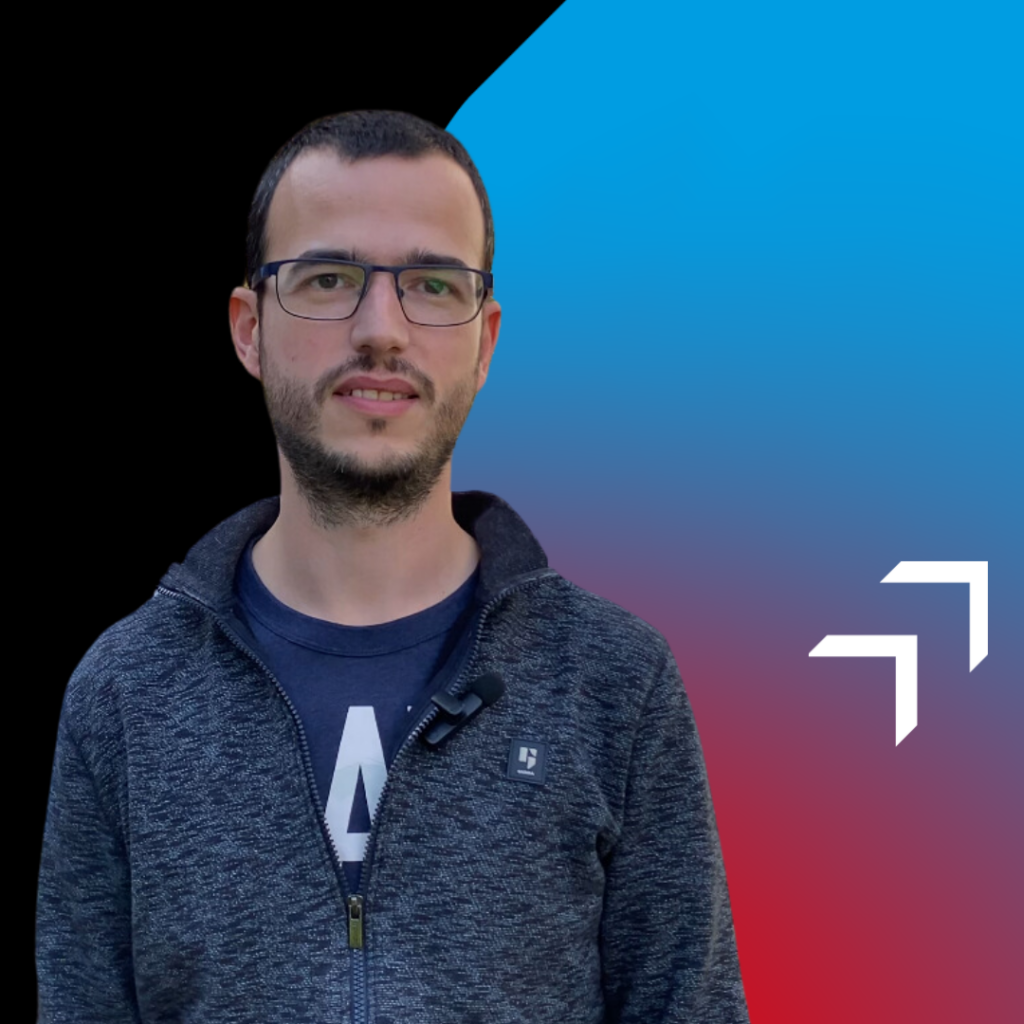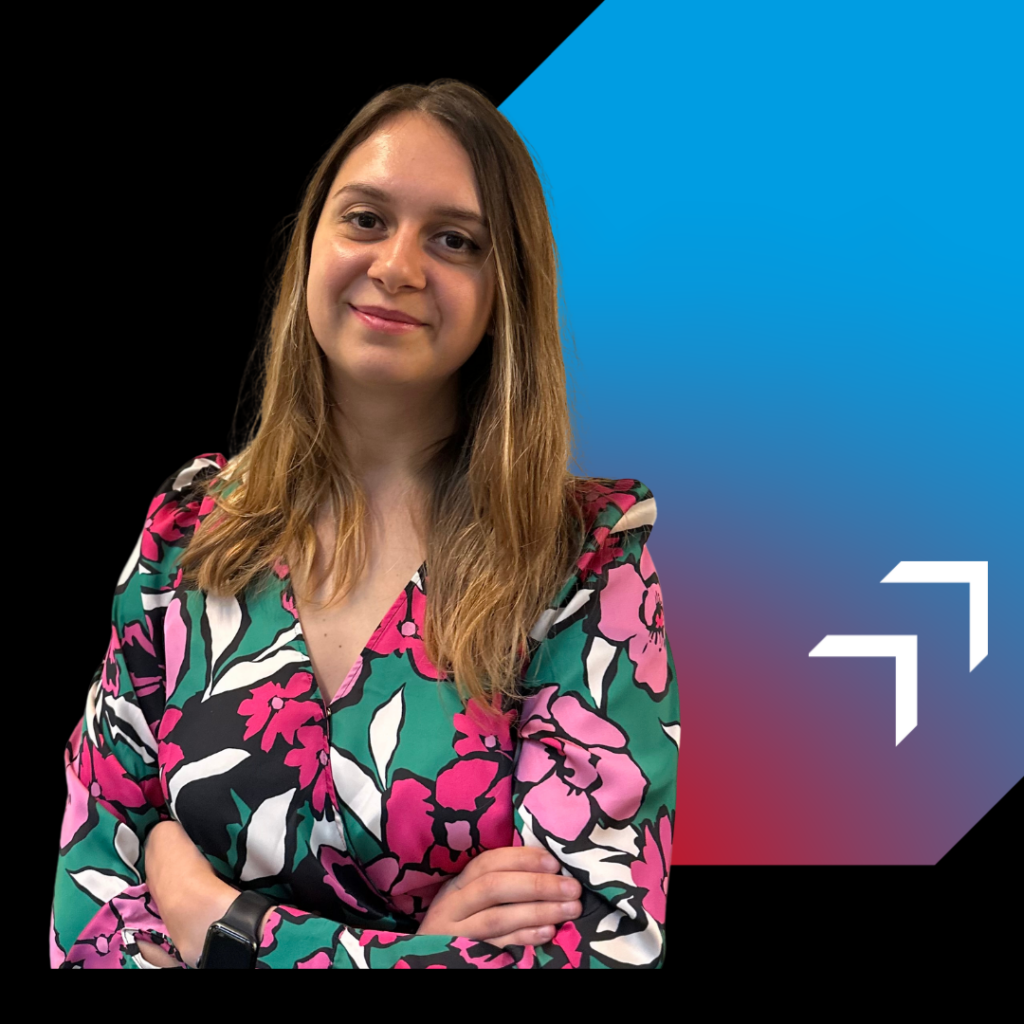In Conversation With Our Young Researchers: Saba Tabean
24 November 2023
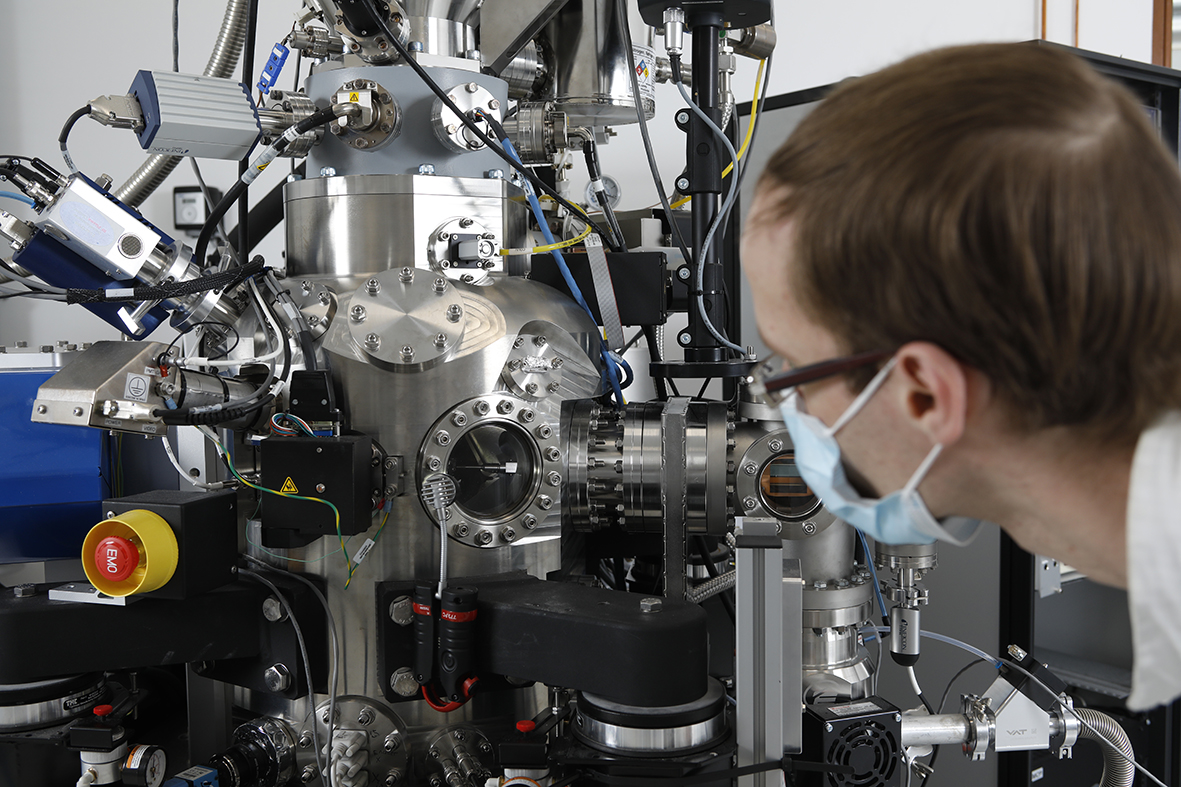
Correlative Microscopy
Solar cell components are often complex materials. To study them for greater efficiency, Saba Tabean uses powerful instrumentation and a cutting-edge technique that combines high-resolution nanoanalysis with highly sensitive chemical analysis.
How can innovative imaging techniques help in the analysis of solar cell materials to enhance their efficiency?
Saba Tabean is pursuing a PhD at the Luxemburg Institute of Science and Technology (LIST) as part of the AINA group (“Advanced Instrumentation for Nano-Analytics”), focusing on the development of scientific instruments based on charged particle beams and laser beams for nano-imaging and nano-analysis. The group’s research involves fundamentals, instrumentation, and applications to create innovative prototypes.
The characterization of solar cell materials
Starting her PhD in December 2019, Saba Tabean chose to focus her research work in the field of microscopy and more especially correlative microscopy, a technique that combines high-resolution nano-analytics with high-sensitivity chemical analysis. Correlative microscopy combines multiple imaging and analytical techniques, providing cross-validation of data to ensures the reliability and accuracy of the results, overcoming the shortcomings of individual methods, which helps in understanding complex systems.
Saba’s research involves the application of transmission ion microscopy and high-performance secondary ion mass spectrometry to study various materials and investigate the fundamental physics of ion-matter interaction. Together with her research group, they use ions like He or Ne for imaging, characterizing materials, and conducting studies to establish meaningful connections between the morphology, crystal structure, and chemistry of a given sample on a nanometre scale. One of the specific applications involves the characterization of solar cell materials to identify and troubleshoot issues related to their low efficiency. Since solar cell components are often complex materials, the idea is to employ complementary tests to pinpoint the problem. In addition, Saba Tabean explores novel contrast mechanisms He ion transmission imaging techniques.
I should mention that the research we conduct is not only limited to semiconductor material characterization. It holds significance in various fields, including material science, biology, medicine, and nanotechnology, making it applicable to multiple studies.
Saba Tabean
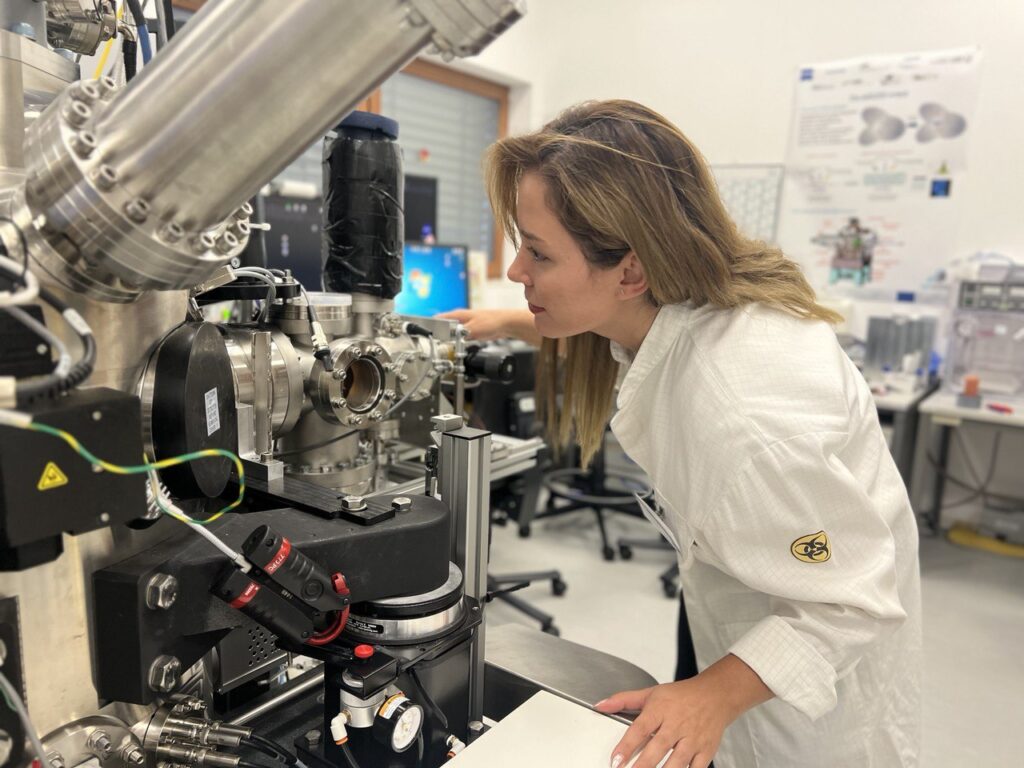
Together with colleague Santhana Eswara, the duo are among the contributing authors of the article “Interface passivation for 31.25%-efficient perovskite/silicon tandem solar cells”, an article published in Science, in collaboration with EPFL University.
Saba’s research work shows that by employing correlative approaches, researchers can effectively identify and troubleshoot issues in materials, leading to targeted improvements and advancements that would otherwise be unattainable without the capabilities offered by correlative microscopy.
The PACE project
Saba Tabean’s project is part of the PACE project, which stands for “Photovoltaics Advanced Concepts for High Efficiency.” The main objective of this project is to develop new solar cells with significantly higher power conversion efficiencies than those currently available. To do so, the unit has created a tightly integrated cutting edge research programme that consists of working on two advance photovoltaic concepts: tandem and micro solar cells. The Luxembourg National Research Fund (FNR) has funded this project, and eight students are working on this ambitious programme, and are being supported by the laboratories of eight senior scientists, and internationally renowned secondment partners.
In October 2022, the research group successfully organised the “Young Scientist PACE Conference” in Luxembourg.
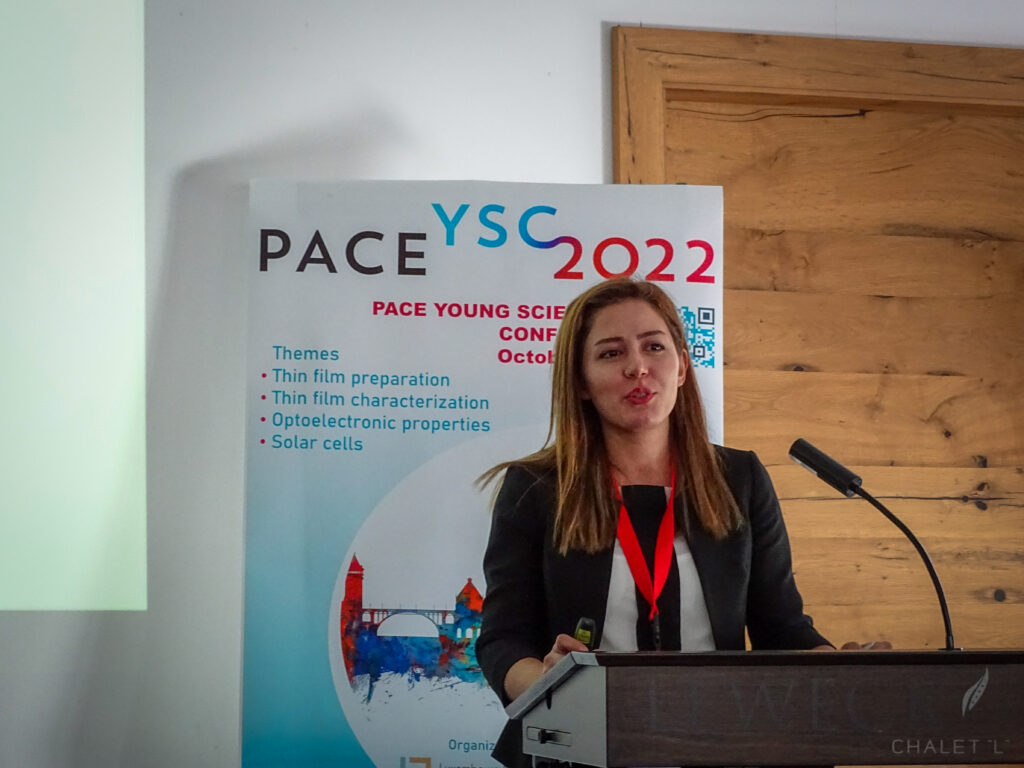
Organising the conference was a remarkable opportunity for me as it provided a valuable platform to network with outstanding researchers. Additionally, it offered a fantastic experience in successfully organizing an important scientific event.
Saba Tabean
Supporting new ideas and startup ventures
Coming from Iran, where she did her bachelor’s degree at the University of Tabriz (T.U.) and then her master’s degree in materials science at the Sharif University of Technology in Tehran, Saba had limited knowledge of Luxembourg when she arrived in 2019 for her PhD. However, her strong interest in the research work conducted by the AINA group and the topic of the project motivated her to apply.
More than 4 years later, she is still really impressed by the exceptional research infrastructure in Luxembourg. This infrastructure provides opportunities for young researchers to explore and develop new ideas, whether through research studies or startup ventures. The supportive research environment fosters innovation and enables budding researchers to thrive in their academic and entrepreneurial endeavours.
Promoting ease of adaptation for foreigners
Saba has now developed a deep attachment to “this charming country”. Its small size and friendly, hospitable population make it truly endearing. As someone who values green energy, Saba finds Luxembourg’s accessibility to neighbouring countries advantageous, allowing for travel with a lower carbon footprint. Moreover, the provision of free public transportation is highly admirable, despite the limited transportation connections from Belval to the city center, particularly on weekends and nighttime.
One of the aspects she also appreciates the most about Luxembourg is its international environment, which promotes ease of adaptation for foreigners. This welcoming atmosphere facilitates forming friendships and engaging in social activities, contributing to a fulfilling experience in this diverse and vibrant nation.

Over the past years of being here, I have noticed a significant increase in the number of individuals from my country applying and coming to conduct research in Luxembourg. This means that Luxembourg’s reputation as a flourishing and emerging university has attracted numerous researchers and scientists from various parts of the world.
Saba Tabean

